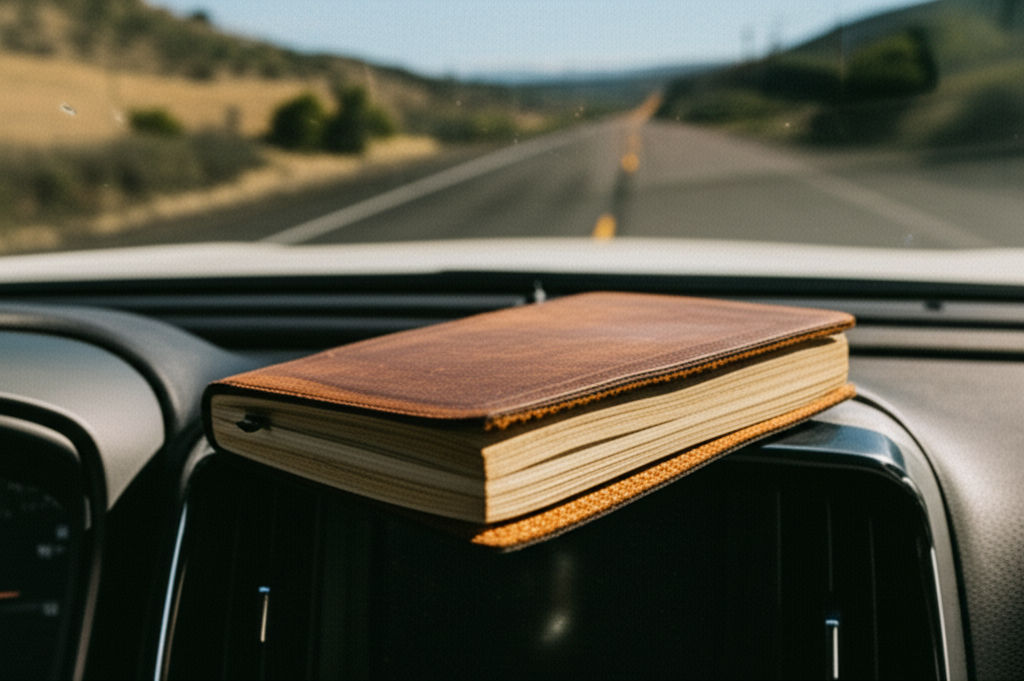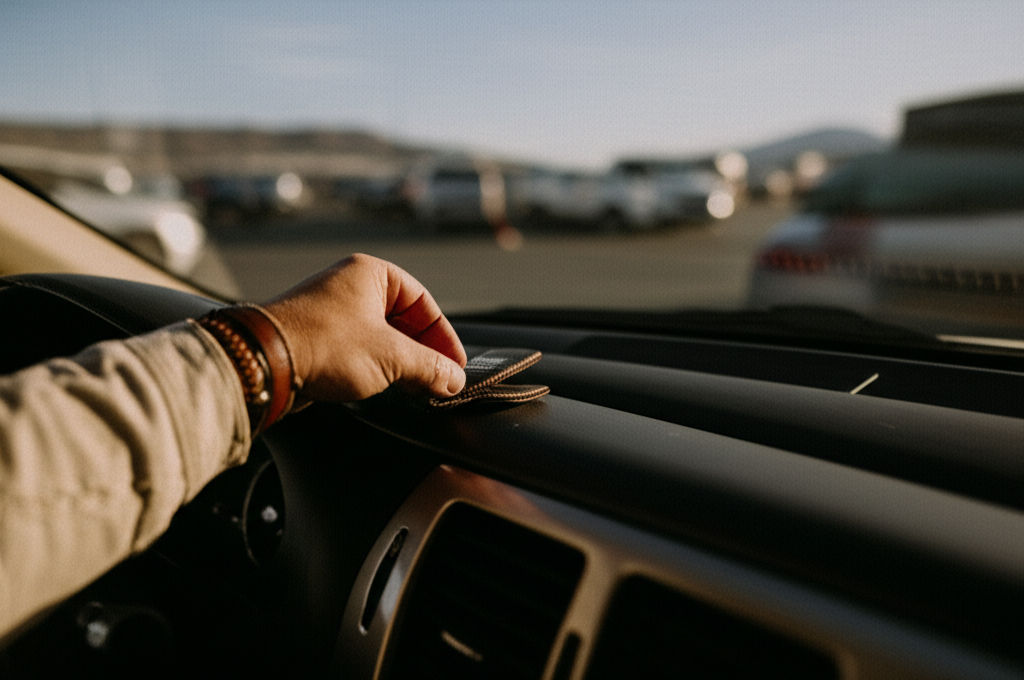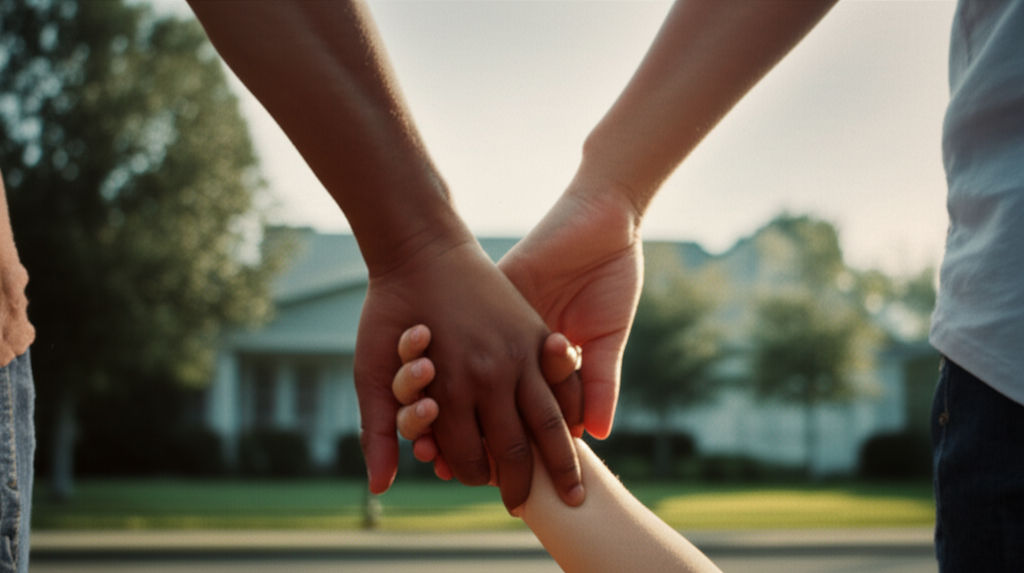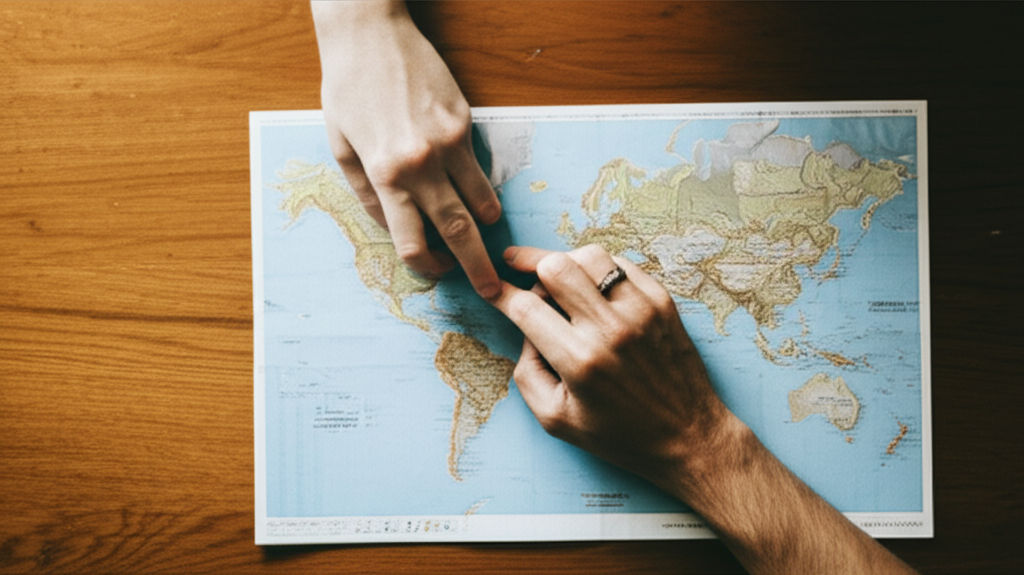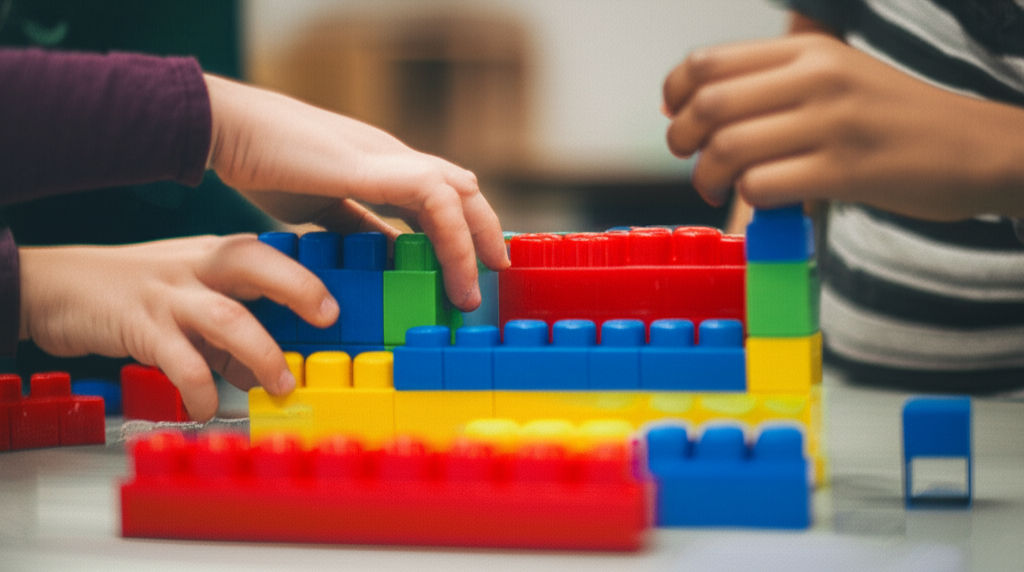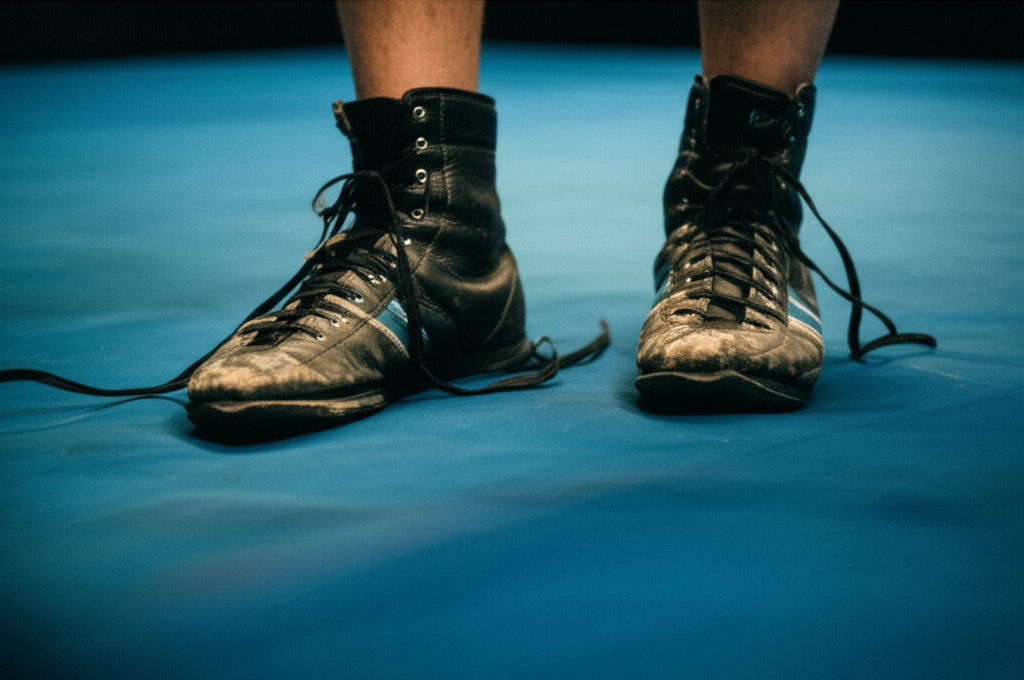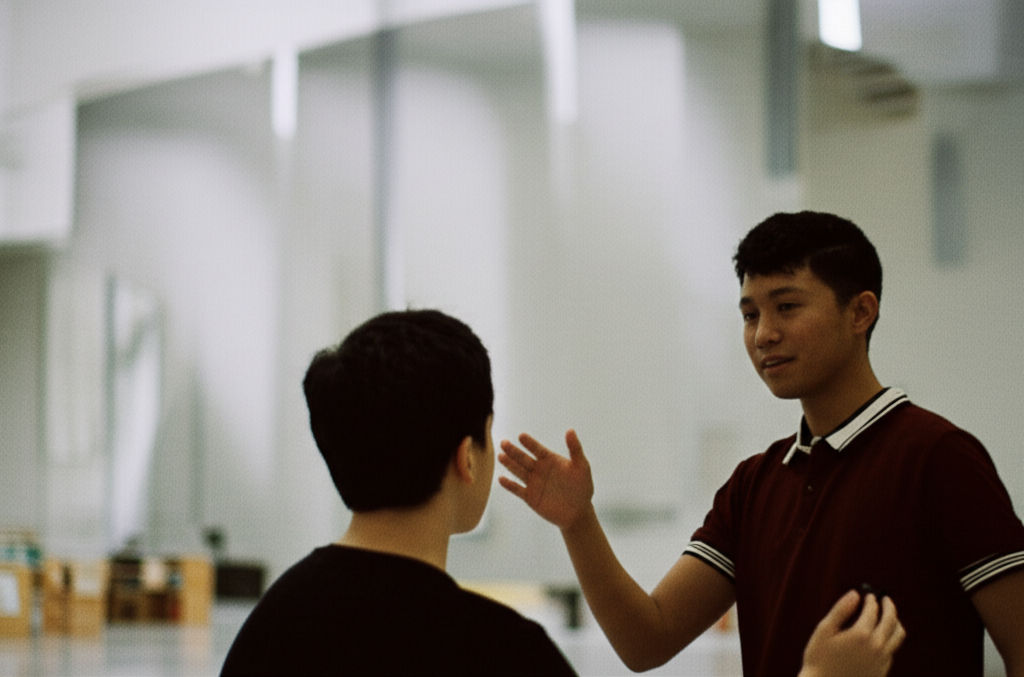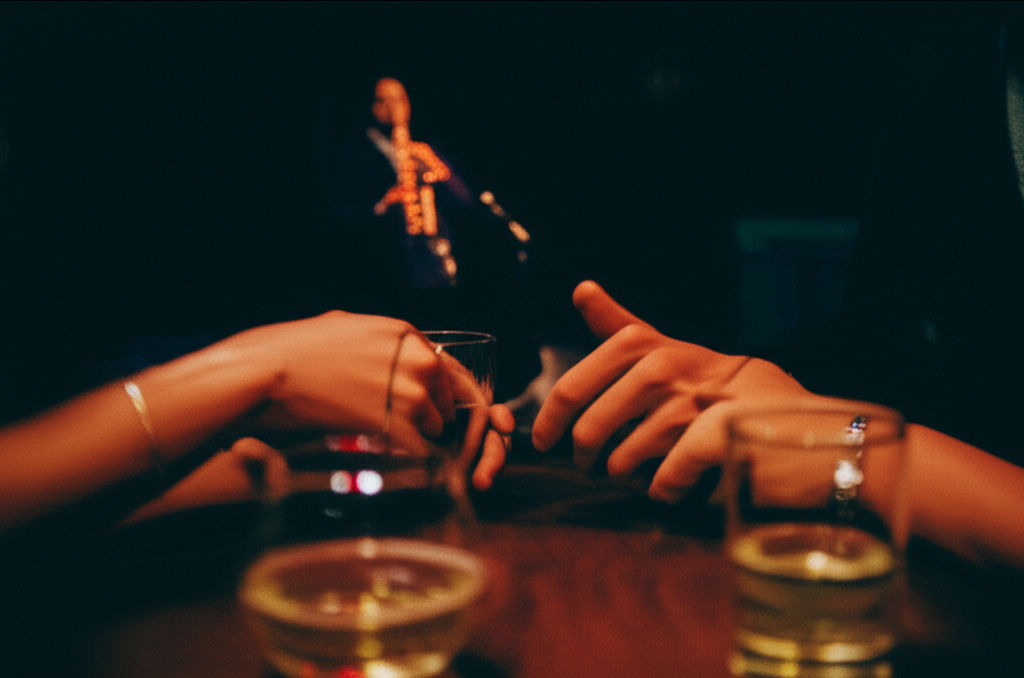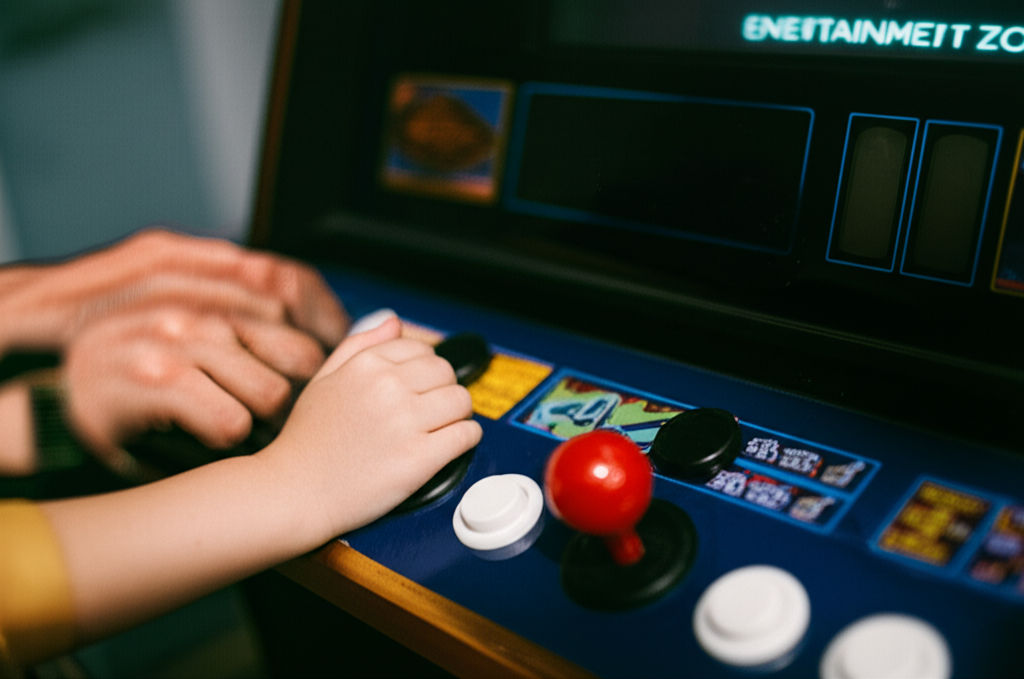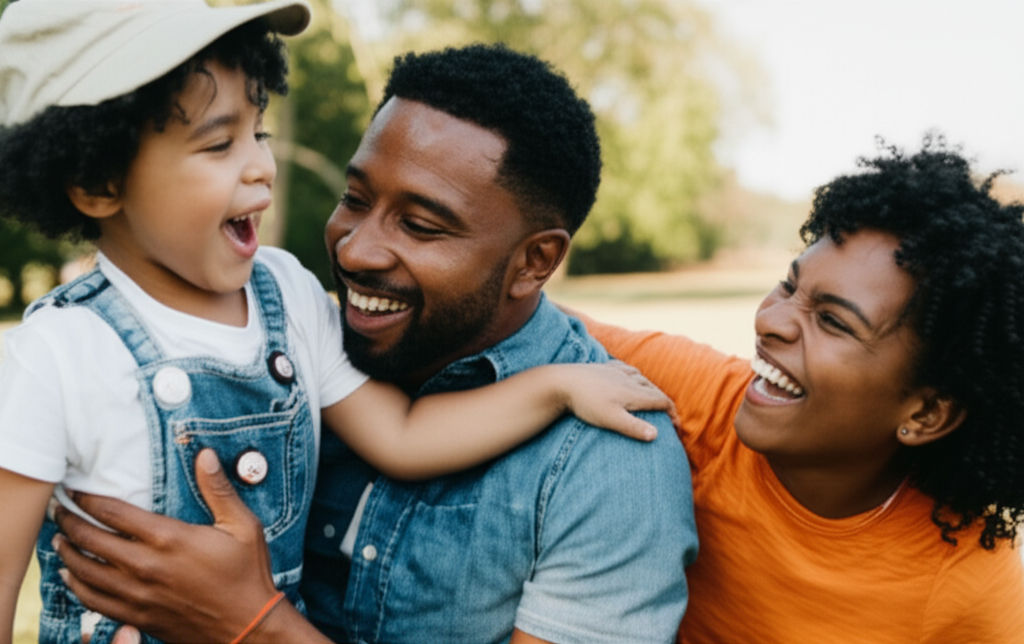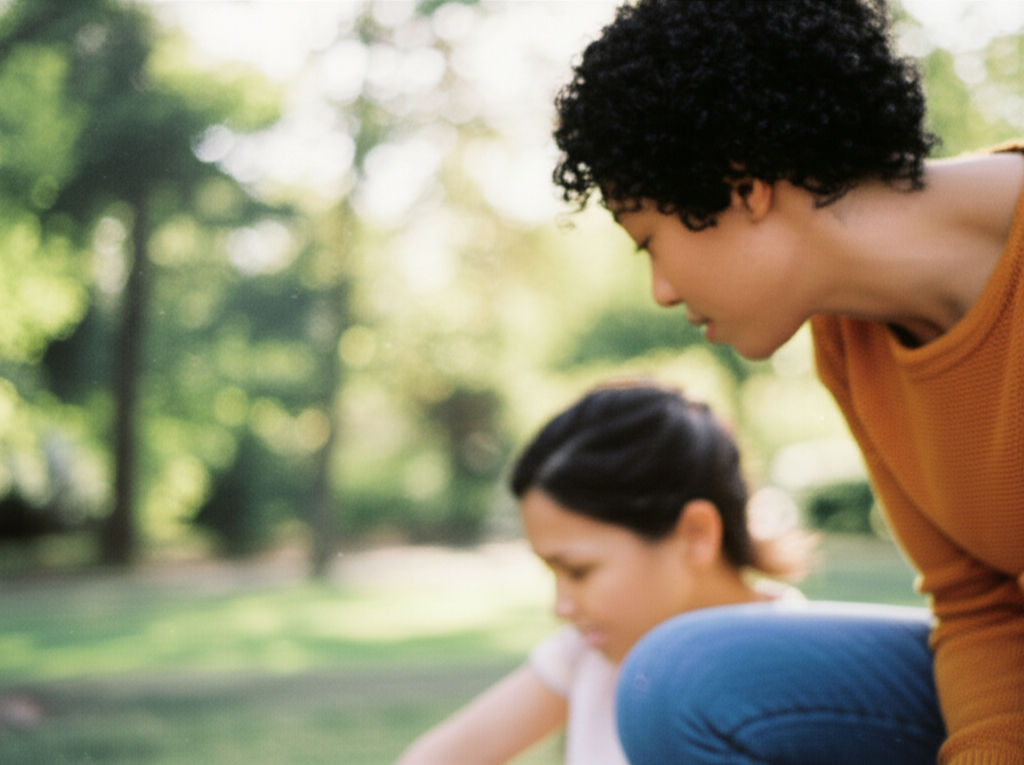Educational Toys for 2-Year-Olds
Ikhsan Rizki
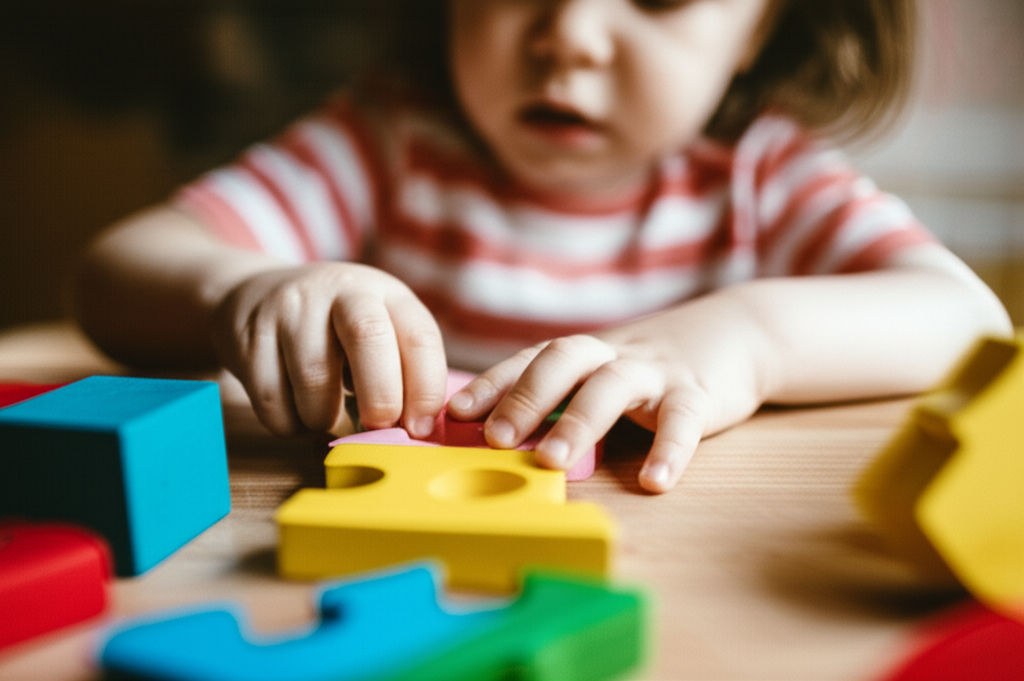
Photo: Discover the best educational toys for 2-year-olds! Our guide helps you choose toys that foster cognitive, motor, social, and language development through play.
Finding the perfect educational toys for 2-year-olds can feel like navigating a maze. As your toddler bursts with newfound independence and curiosity, every object becomes an opportunity for discovery and learning. But with countless options available, how do you choose toys that genuinely support their rapid development without overwhelming them or your home?
This comprehensive guide will help you understand why educational toys are crucial at this age, what characteristics make a toy truly beneficial, and provide actionable advice on selecting the best ones to foster your 2-year-old's growth in a fun, engaging way.
Why Educational Toys Matter for 2-Year-Olds
At two years old, children are like sponges, soaking up information and making incredible leaps in their development. Play isn't just about fun; it's their primary mode of learning and "the highest form of research," as Albert Einstein famously said. Educational toys are specifically designed to stimulate this natural inclination, contributing to holistic growth across several key domains.
Cognitive Development
Two-year-olds are beginning to sort objects by color and shape, engage in make-believe, and look for hidden objects. Educational toys challenge their thinking, memory, and problem-solving skills. Activities like recognizing fruits, learning the alphabet, or solving simple puzzles enhance critical thinking and lay a foundation for future academic success.
Fine Motor Skills
This age marks significant improvements in hand and finger control. Toys that require manipulation, such as stacking blocks, fitting puzzle pieces, or drawing, help refine fine motor skills and hand-eye coordination.
Gross Motor Skills
Toddlers are mastering physical abilities like running, climbing, kicking, and throwing. Toys that encourage movement, like balls or ride-on toys, support their physical development, balance, and strength.
Social-Emotional Growth
Two-year-olds are increasingly aware of their independence and enjoy the company of other children, even if they're still learning to share and play interactively. Role-playing toys, dolls, and simple board games can teach empathy, sharing, cooperation, and emotional expression.
Language Development
Vocabulary explodes at this age, with toddlers forming sentences and recognizing names of objects, people, and body parts. Toys that encourage communication, storytelling, and sound exploration can significantly boost their language skills.
Key Characteristics of Effective Educational Toys for 2-Year-Olds
Choosing the right educational toys for 2-year-olds isn't about buying the most expensive or flashy items. It's about selecting toys that genuinely support their developmental stage.
Age Appropriateness
Always consider your child's current abilities and developmental stage, not just their chronological age. A toy that's too complex can lead to frustration, while one that's too simple might quickly lose their interest. Look for toys designed for 2-year-olds, as they are tailored to their emerging skills.
Durability & Safety
Toddlers are known for being less than gentle with their belongings. Opt for toys made from sturdy, non-toxic materials that can withstand drops, tosses, and frequent handling. Safety is paramount:
- No Small Parts: Avoid toys with pieces smaller than 1.25 inches in diameter and 2.25 inches in length to prevent choking hazards, as 2-year-olds still explore with their mouths.
- No Sharp Edges or Points: Ensure toys are smooth, with rounded or dull edges.
- Non-Toxic Materials: Look for labels like "non-toxic," "phthalate-free," "PVC-free," and "BPA-free," especially for plastic toys.
- Washable: Toys should be easy to clean and disinfect, particularly during cold and flu season.
- Check for Damage: Regularly inspect toys for splinters, sharp edges, loose parts, or exposed wires, and discard damaged items.
Open-Ended Play
This is a golden rule for toddler toys. Open-ended toys are those that have no single "right" way to play and no predetermined outcome. They encourage unstructured, imaginative play where children can direct their own activities and use their creativity without rules or instructions. Examples include building blocks or a cardboard box that can become anything a child envisions. This type of play fosters creativity, problem-solving, language development, and independence.
Engaging & Stimulating
The best educational toys for 2-year-olds capture their attention and encourage active participation rather than passive observation. They should spark curiosity and a desire to explore, discover, and experiment.
Top Categories of Educational Toys for 2-Year-Olds
When considering educational toys for 2-year-olds, certain categories consistently offer rich developmental benefits:
Building Blocks & Construction Sets
Whether traditional wooden blocks, soft foam blocks, or large interlocking bricks like LEGO Duplo, these are foundational. They help develop fine motor skills, hand-eye coordination, spatial awareness, and problem-solving abilities as toddlers learn about balance, size, and shape.
Puzzles & Shape Sorters
Simple puzzles (4-12 pieces) and shape sorters are excellent for cognitive development. They encourage matching, simple counting, color and shape recognition, and persistence, while also enhancing problem-solving skills and fine motor control.
Pretend Play & Role-Playing Toys
At two, toddlers love to mimic adults and act out everyday scenarios. Toy kitchens, doctor sets, play food, dolls, stuffed animals, and dress-up clothes foster imagination, language development, empathy, and social skills. These toys help them explore emotions and understand the world around them.
Art Supplies & Creative Toys
Chunky crayons, washable markers, finger paints, and Play-Doh are fantastic for encouraging self-expression and creativity. They also strengthen fine motor skills as children learn to grasp, squeeze, and manipulate materials.
Musical Instruments
Mini xylophones, tambourines, drums, or shakers introduce rhythm, sound, and movement. Playing with musical toys strengthens ear development, can benefit speech and language skills, and enhances emotional expression and motor coordination.
Outdoor & Gross Motor Toys
Balls of various sizes, push-and-pull toys, tricycles, or low climbing structures encourage physical activity. These toys help toddlers practice running, kicking, throwing, and climbing, developing their gross motor skills and overall coordination.
How to Choose the Best Educational Toys for Your 2-Year-Old
Making informed choices about educational toys for 2-year-olds involves a few practical steps:
- Observe Your Child's Interests: What truly captures their attention? Some children are drawn to building, others to role-play, and some prefer active movement. Toys that align with their genuine interests are more likely to lead to deeper engagement and learning.
- Consider Durability and Safety: As highlighted earlier, prioritize toys made from safe, non-toxic, and sturdy materials. Always check for age recommendations and potential choking hazards.
- Prioritize Open-Ended Play: Remember, the less a toy "does" on its own, the more your child can do with it. Simple toys that allow for multiple uses will stimulate imagination and problem-solving far more than single-purpose, battery-operated ones.
- Read Reviews and Recommendations: While not the sole factor, reputable reviews from other parents or educational experts can offer insights into a toy's real-world effectiveness and durability.
Maximizing the Benefits of Educational Toys
Simply buying educational toys for 2-year-olds isn't enough; how they are used makes all the difference.
- Play Together: Join in the play! Engage with your child, ask open-ended questions ("What are you building now?"), and model different ways to use the toys. This interaction enhances language, social skills, and the overall learning experience.
- Rotate Toys: Too many toys can be overwhelming and diminish their appeal. Consider rotating toys every few weeks to keep things fresh and re-ignite interest in previously stored items.
- Create a Safe Play Environment: Ensure the play area is clear of hazards and that toys are stored safely, ideally in bins or baskets without heavy lids that could trap fingers.
- Encourage Exploration: Allow your child the freedom to explore toys in their own way, even if it's not the "intended" use. This fosters independence and creativity.
Conclusion
Choosing the right educational toys for 2-year-olds is an investment in their foundational development. By focusing on toys that are age-appropriate, safe, durable, and promote open-ended, imaginative play, you can provide your toddler with the tools they need to explore, learn, and grow. Remember, the goal is to foster curiosity and a lifelong love for learning, one playful discovery at a time.
What are your go-to educational toys for toddlers? Share your experiences and recommendations in the comments below!
Frequently Asked Questions
Q1: What are the best types of educational toys for a 2-year-old's overall development?
The best types of educational toys for 2-year-olds promote a range of skills. Look for items like building blocks, simple puzzles, shape sorters, pretend play sets (e.g., toy kitchens, dolls), art supplies (chunky crayons, Play-Doh), and musical instruments. These categories support cognitive, fine motor, gross motor, social-emotional, and language development.
Q2: How can I tell if an educational toy is safe for my 2-year-old?
To ensure a toy is safe, check for age recommendations, as toys for children under three should not have small parts that could pose a choking hazard. Look for sturdy construction, non-toxic materials (e.g., BPA-free, lead-free paint), and the absence of sharp edges or points. Regularly inspect toys for damage.
Q3: What is "open-ended play" and why is it important for 2-year-olds?
Open-ended play refers to unstructured, imaginative play where there are no specific rules or predetermined outcomes. It's crucial for 2-year-olds because it encourages creativity, problem-solving, independent thinking, and language development, allowing children to explore and learn at their own pace. Toys like blocks or a simple cardboard box are excellent for open-ended play.
Q4: How many educational toys does a 2-year-old need?
Less is often more when it comes to toys. A few high-quality, versatile educational toys for 2-year-olds that encourage open-ended play are more beneficial than a large quantity of single-purpose toys. Rotating toys can also help maintain interest and prevent overwhelm. Focus on quality over quantity to maximize developmental benefits.
Business
View All
August 30, 2025
Cast of Mind Your Business Show TodayDiscover the stars of Bounce TV's "Mind Your Business"! Get to know the cast behind the laughs in this hit family comedy series.
Ikhsan Rizki

November 14, 2025
When to Hire a Business Litigation LawyerFacing business disputes? Discover when to hire a business litigation lawyer to safeguard your company's stability, reputation, and finances.
Ikhsan Rizki
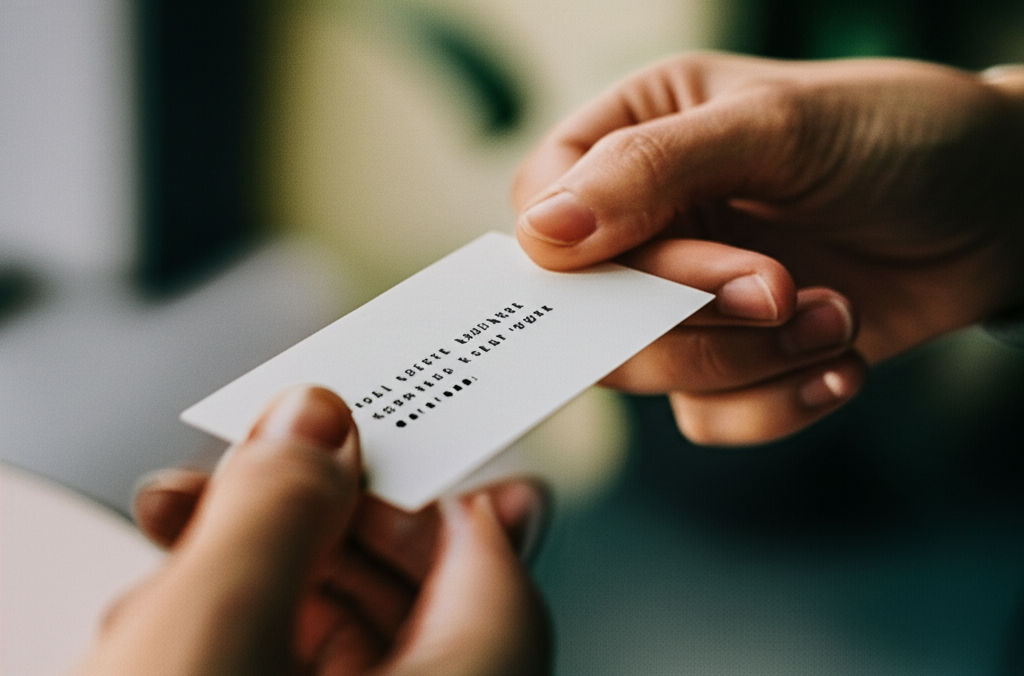
October 13, 2025
Real Estate Business Cards That WorkReal estate business cards still work! Learn to create powerful cards that stand out, make connections & boost your real estate business.
Ikhsan Rizki

September 17, 2025
BA A380 Business Class Flight ReviewConsidering BA A380 Business Class? This review covers everything from lounges to seat comfort, helping you decide if Club World delivers a premium flight.
Ikhsan Rizki

September 14, 2025
What Is a Firm in Business TermsConfused by "firm" in business? This article clarifies what a firm is, its types, and how it differs from a company. Master this key term!
Ikhsan Rizki
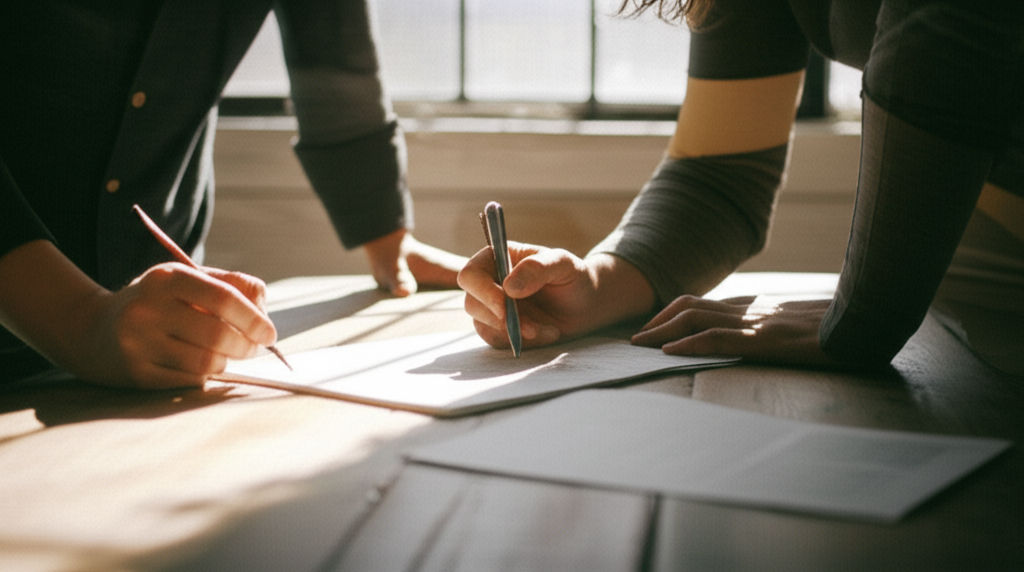
October 2, 2025
Utah SOS Business Search HelpUnlock crucial business info in Utah! Learn how to use the Utah SOS Business Search for name availability, due diligence, status checks & more.
Ikhsan Rizki
Economy
View AllIs Singapore Airlines Premium Economy worth the upgrade? Dive into the real experience, from priority perks to seat comfort, and decide for your next journey.
Ikhsan Rizki
Is the Chevy Colorado fuel-efficient? Get 2023-2025 MPG ratings, real-world factors, and tips to maximize gas mileage. Make a smart truck choice.
Ikhsan Rizki
Save big on Las Vegas Airport parking! This guide covers LAS economy parking, locations, rates & shuttles for a stress-free, budget-friendly trip.
Ikhsan Rizki
Discover the profound economic impact of the Baby Boomers. Learn how this massive generation shaped consumer trends, labor, and today's economy.
Ikhsan Rizki
Dreaming of Daytona Beach on a budget? The Atlantic Economy Inn offers affordable stays steps from the beach with a pool & free WiFi. Your savvy guide!
Ikhsan Rizki
What is the Low Altitude Economy? Explore this new frontier where drones & air taxis revolutionize delivery, travel, and more above us.
Ikhsan Rizki
Education
View AllSeeking top PreK-8 education? Forest Lake Education Center (FLEC) offers academic excellence, Christian values & holistic growth.
Read MoreNavigate Nicholas County Board of Education updates easily! This guide empowers parents, students & the community to stay informed, advocate, and engage for sch...
Read MoreUnlock your potential in pharmacy! Discover Pharmacy Times CE, your accredited guide to staying current, meeting licensure, and enhancing your practice.
Read MoreUnlock your healthcare career with Mercy Hospital's diverse education programs. From foundational training to advanced residencies, find your path to success.
Read MoreConsidering a pharmacy career? Learn the exact educational journey, from prerequisite courses to the Pharm.D. degree, to become a vital healthcare expert.
Read MoreUnlock the potential of specialized learning at North Education Center. This guide explores tailored programs and a nurturing environment for unique student nee...
Read MoreHealth
View All
November 26, 2025
What Harris Health Smith Clinic OffersSeeking comprehensive healthcare in Houston? Harris Health Smith Clinic provides accessible primary care, specialty access, and patient-centered wellness.
Ikhsan Rizki

September 1, 2025
Start Your Career at Denver HealthYour guide to a fulfilling healthcare career at Denver Health. Discover diverse opportunities, benefits, and how to apply to a leading system.
Ikhsan Rizki

August 22, 2025
Careers at Cone Health Right NowExplore careers at Cone Health! Discover a supportive culture, great benefits, and make a real impact in healthcare. Join a Great Place to Work®.
Ikhsan Rizki
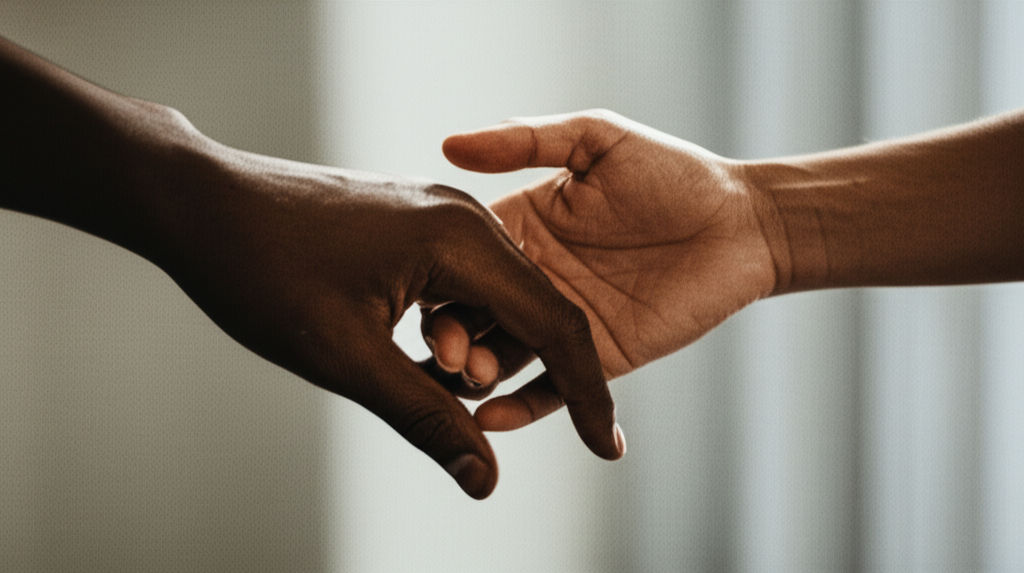
November 5, 2025
Orlando Health Patient Portal InfoTake control of your health! Discover the Orlando Health Patient Portal (MyChart) for easy access to records, appointments & secure messaging.
Ikhsan Rizki
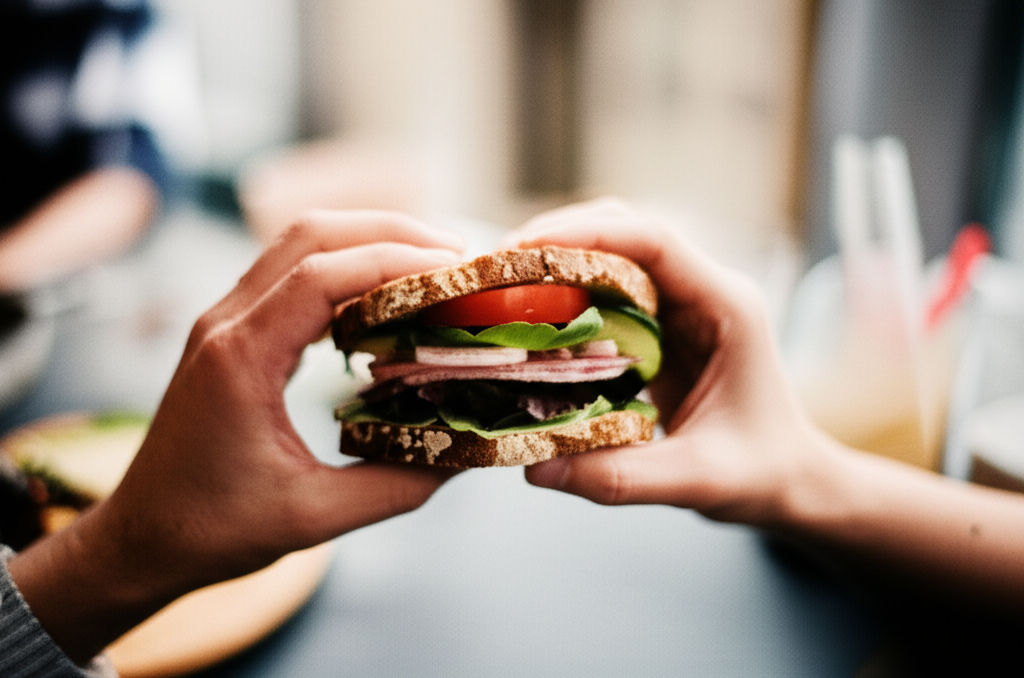
August 9, 2025
In Good Health Sandwich Menu PicksTransform your sandwich into a healthy meal! Learn smart choices for bread, lean protein, and veggies to fuel your body without guilt.
Ikhsan Rizki

November 7, 2025
Primary Health Medical Group Near YouSimplify finding your ideal Primary Health Medical Group. Our guide helps you choose a trusted healthcare partner for comprehensive, long-term well-being.
Ikhsan Rizki
Popular Articles
View All
1
2
3
4
5
6
7
8
9
10
Lifestyle
View All
November 12, 2025
What is lifestyle RP and who plays it
Live a second life! Explore Lifestyle RP, an immersive digital world of realistic characters, social interaction, and unique storytelling. Get started here.

October 28, 2025
What a Lifestyle Lift Really Costs
Considering a mini facelift? Learn the *true* cost beyond the sticker price. Understand all factors for an informed decision on your rejuvenated look.
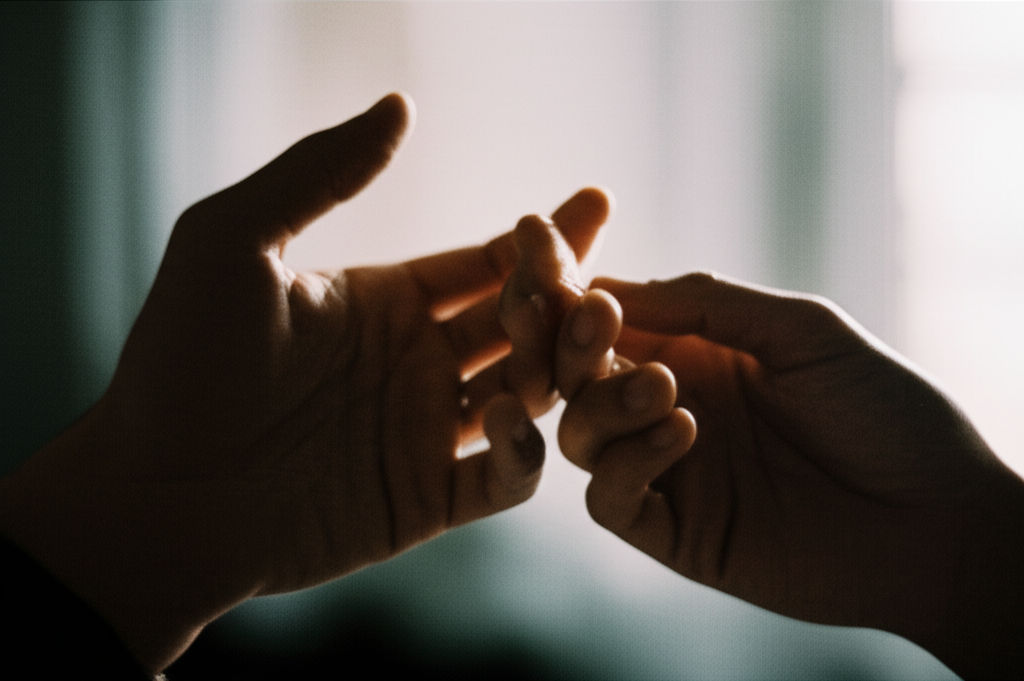
September 9, 2025
Skyn Condom Size Guide From Lifestyles
Unlock comfort & safety! Our Skyn condom size guide helps you find your perfect fit for enhanced pleasure and peace of mind. Non-latex options too.
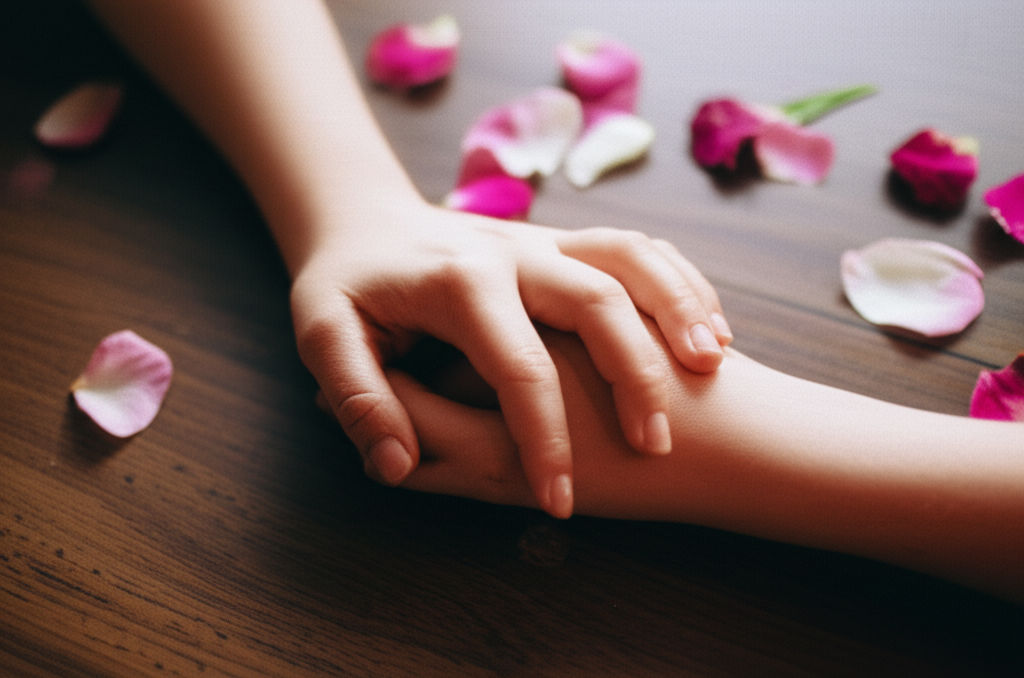
August 5, 2025
Beauty and skincare lifestyle tips that work
Unlock radiant skin! Discover proven beauty & skincare lifestyle tips that work from the inside out. Cut through the noise for a natural glow.

November 20, 2025
Best Medical Fields for Lifestyle
Achieve work-life balance in medicine! This guide reveals top medical fields with predictable hours, fewer emergencies, and lower stress for a fulfilling career...

September 20, 2025
Why Barefoot Lifestyle Is Gaining Fans
Reconnect with your natural foundation. Explore the science behind why barefoot living improves foot strength, balance, and overall health.

August 18, 2025
Inside Soul Lifestyle Apartments
Soul Lifestyle Apartments: Redefine urban living with top amenities, vibrant community, and unmatched convenience. Find your ideal modern home.
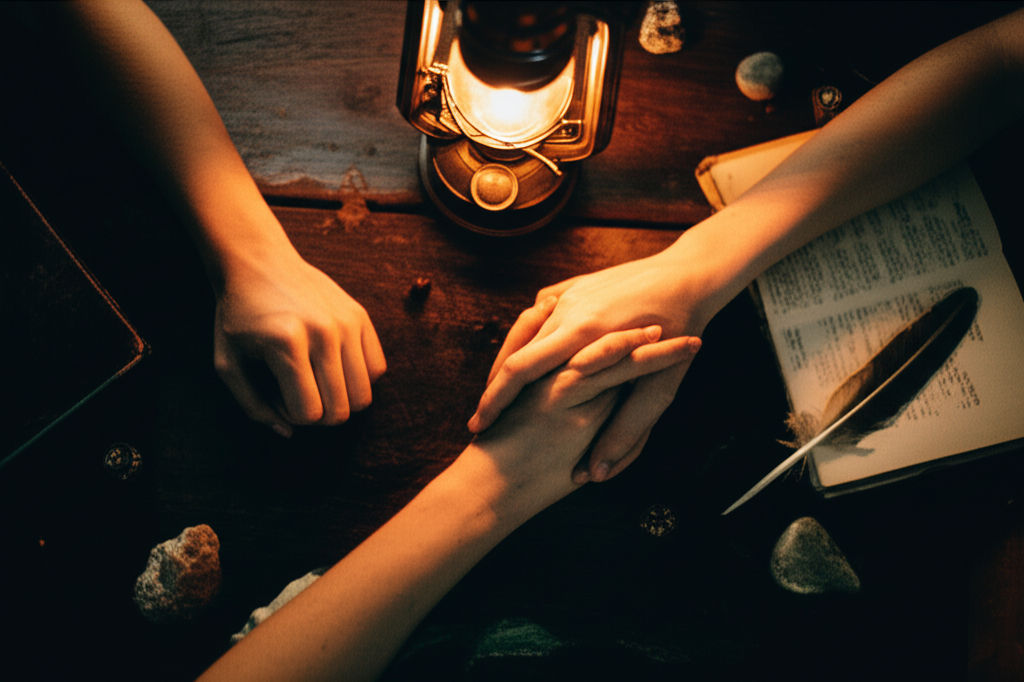
August 9, 2025
DnD Lifestyle Ideas to Try
Level up your reality! Discover practical, fun ways to infuse your everyday life with D&D magic, from home decor to fashion. Embrace the adventure!
Sports
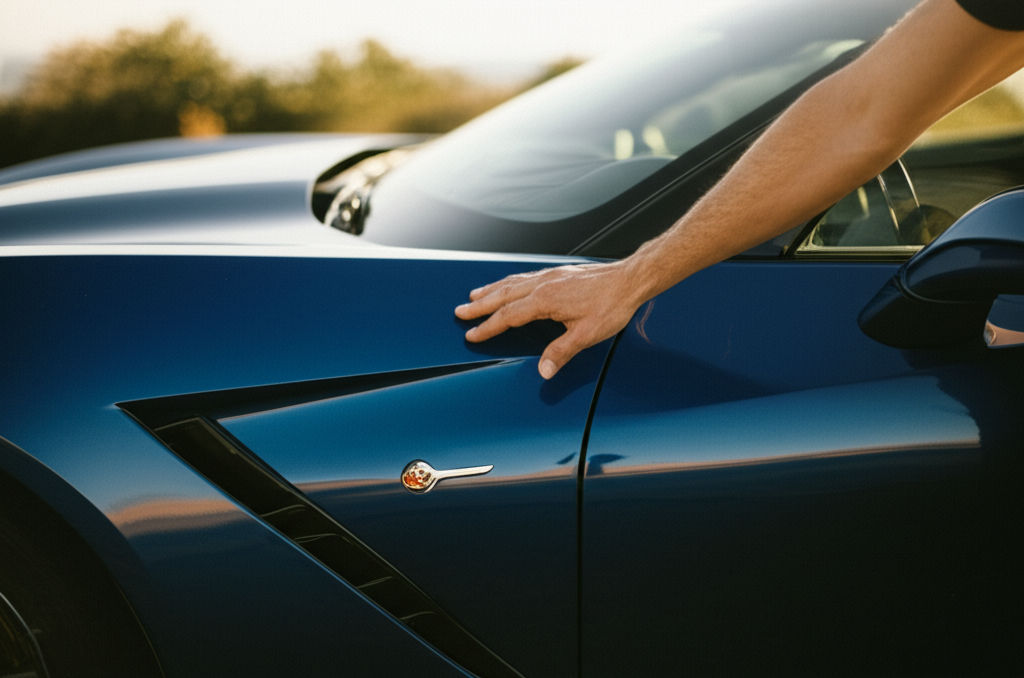
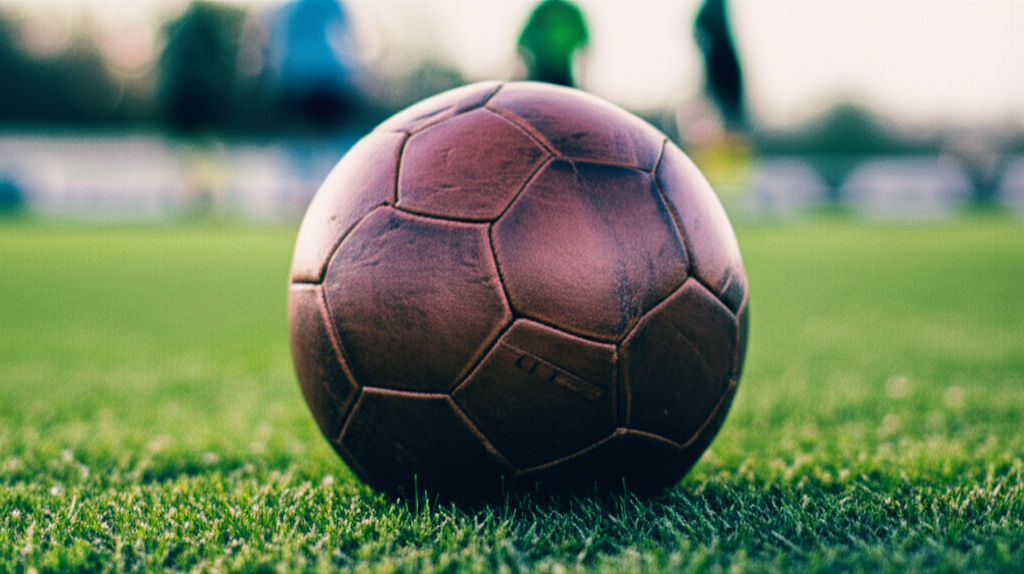
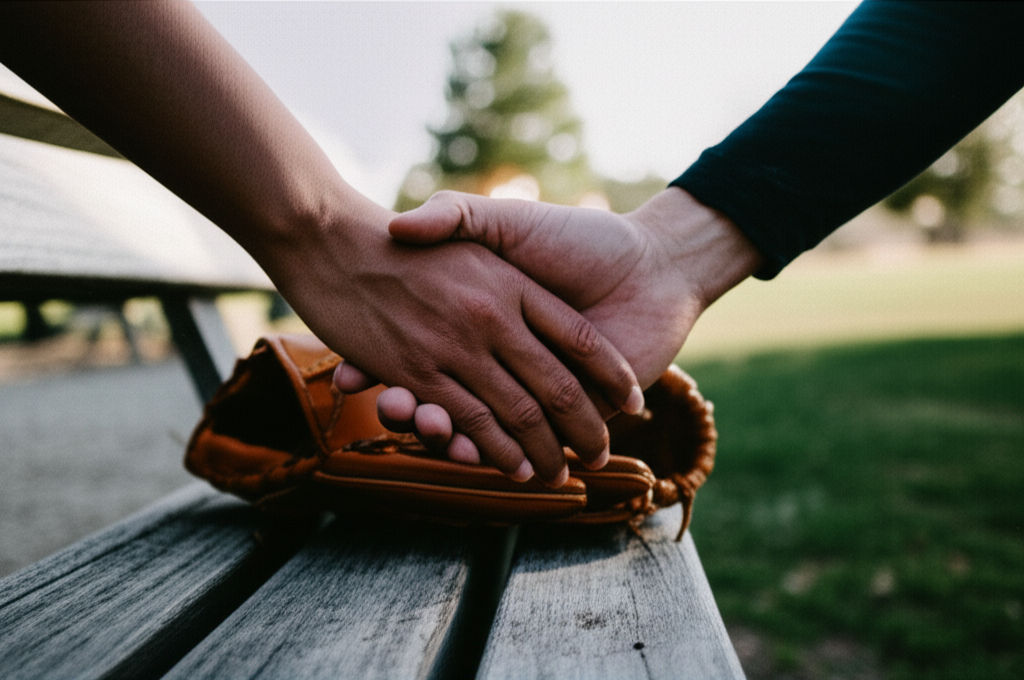

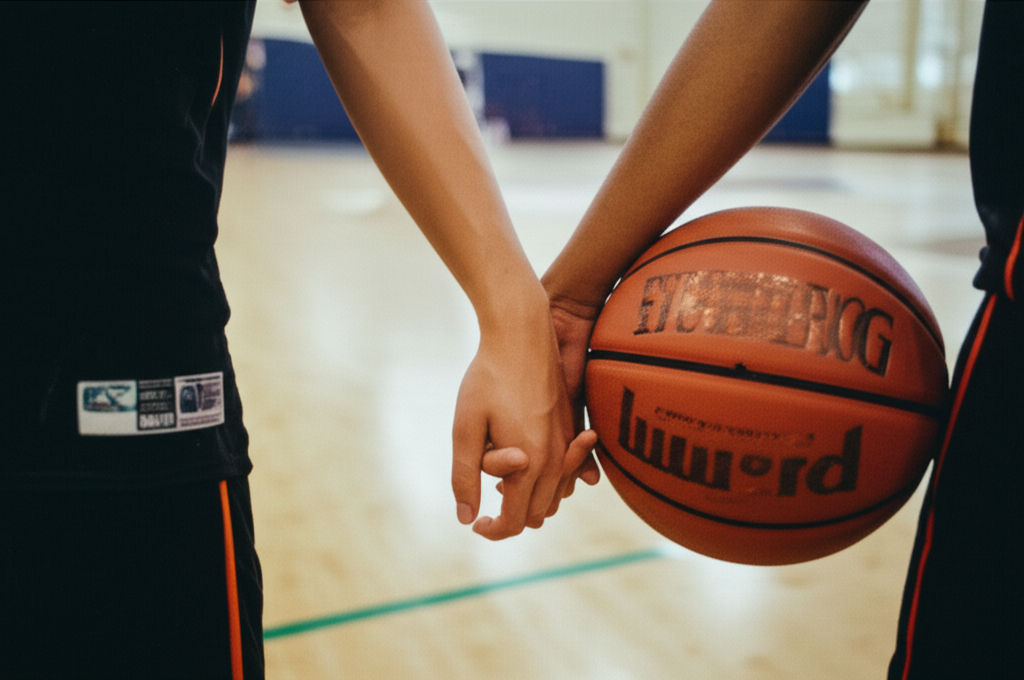
Travel
View All
November 19, 2025
Where to Travel in August Top Destinations
Where to Travel in August: Your Ultimate Guide to Top Destinations August often presents a unique travel dilemma. On one hand, it's peak summer for many, brimmi...

November 13, 2025
RDR2 fast travel tips and tricks
Tired of long rides in RDR2? Unlock all fast travel methods, from camp upgrades to stagecoaches, and save time exploring the Wild West!
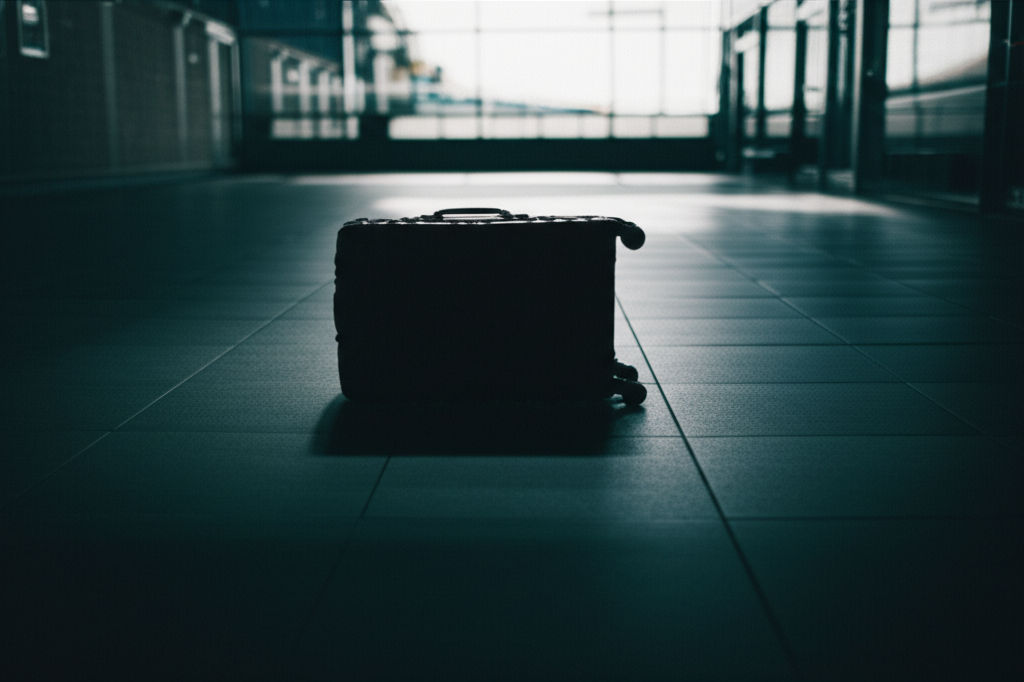
August 22, 2025
Belgium Strikes Affecting Air Travel
Belgian strikes impacting air travel? Discover why & how to navigate disruptions, cancellations, and delays to protect your travel plans.

September 23, 2025
Filling Out a Constructed Travel Worksheet
Unlock stress-free travel! Learn to build a powerful constructed travel worksheet to organize bookings, budgets, and itineraries for seamless adventures.

September 3, 2025
French Rail Strike Travel Advice
Don't let French rail strikes derail your travel plans! Get expert advice to confidently navigate disruptions, stay informed, and enjoy your journey.

August 24, 2025
Breathtaking Travel Destinations Greece
Explore Greece's top travel destinations! From iconic islands like Santorini to majestic mainland sites, discover ancient history, beaches & culture.

